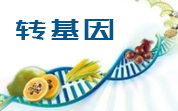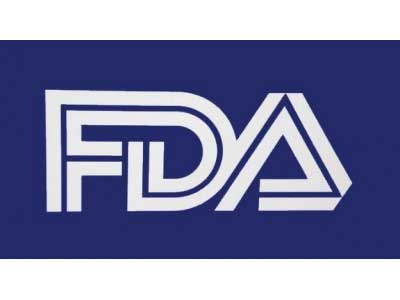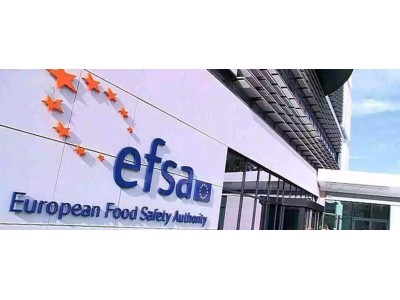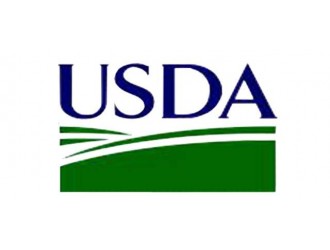йЈҹе“ҒдјҷдјҙзҪҗь/a>еҜјиҜ»пј?009е№?жң?ж—ҘпјҢEFSAеҸ‘еёғйҰ–д»ҪйЈҹе“Ғдё?a href='//www.sqrdapp.com/news/tag_1565.html' class='zdbq' title='жқҖиҷ«еүӮзӣёе…ійЈҹе“Ғиө„и®Ҝ' target='_blank'>жқҖиҷ«еүӮж®Ӣз•ҷе№ҙжҠҘгҖӮжҠҘе‘ҠжҳҫзӨәз»қеӨ§еӨҡж•°иў«жҠҪжЈҖж ·е“ҒеӨҚеҗҲжқҖиҷ«еүӮж®Ӣз•ҷйҷҗйҮҸиҰҒжұӮгҖҒь/p>
еҺҹж–ҮжҠҘйҒ“пјҷь/p>
The European Food Safety Authority (EFSA) has published its first Annual Report on Pesticide Residues, which provides an overview on the pesticide residues in food[1] observed throughout the European Union (EU) during 2007[2] and assesses the exposure of consumers through their diets. The report showed that the majority of the samples complied with the legal maximum residue levels (MRLs) of pesticides and made a series of recommendations to further improve the collection of data required for pesticide exposure assessment.
The report, prepared by EFSAЎҜs Pesticide Risk Assessment Peer Review (PRAPeR) Unit, said that 96 % of the samples analysed were compliant with the legal Maximum Residues Levels (MRLs) and 4 % exceeded them, compared to 5% in 2006[3].
In total, more than 74,000 samples of nearly 350 different types of food were analysed for pesticide residues in 2007, representing a 13 % increase in comparison with 2006. Considerable efforts were made by Member States in extending the scope of the analytical methods, which made it possible to detect up to 870 pesticides[4] in 2007 -- an increase of 13 % compared to previous years[5].
In order to protect consumers, MRLs are set at levels which are both safe for consumers and correspond to the lowest amount of pesticide used on the crop to achieve the desired effect. EFSA specified that the presence of pesticides in foods, and even the exceedance of an MRL, does not necessarily imply a food safety concern. When an MRL is exceeded, consumer exposure needs to be calculated in order to assess whether this represents a potential risk for consumers.
In assessing chronic (long-term) consumer exposure, EFSA followed a cautious approach, using conservative assumptions which overestimate exposure. For all evaluated pesticides, except one (diazinon), the chronic exposure did not raise concerns for consumer health. It is worth noting that since December 2007 all authorisations concerning this substance have been withdrawn and MRLs have been lowered.
The assessment of acute (short-term) exposure was also based on worst-case scenarios. Thus, estimates took into consideration high food consumption combined with the highest residue observed in the 2007 EU monitoring programme. Such critical intake cases are in reality very unlikely to occur. Assuming this scenario was to occur, a potential consumer risk could not be excluded for some of the results concerning 52 pesticide/commodity combinations, many of which have already been addressed by withdrawing authorisations or by lowering MRLs.
EFSA provided a series of recommendations for future monitoring programmes on pesticide residues, such as amending the reporting format to ensure more detailed results which will allow more accurate exposure assessment. These improvements will help better inform and support risk managers in regulating the safe use of pesticides.
иҜҰжғ…и§Ғпјҡhttp://www.efsa.europa.eu/EFSA/efsa_locale-1178620753812_1211902665715.htm










 иЎҢдёҡпјҷь/font>
иЎҢдёҡпјҷь/font>


 欧зӣҹиҜ„дј°иҪ¬еҹәеӣ зҺүзұіMO
欧зӣҹиҜ„дј°иҪ¬еҹәеӣ зҺүзұіMO
 欧зӣҹиҜ„дј°дёҖз§ҚйәҰиҠҪзі–ж·Җ
欧зӣҹиҜ„дј°дёҖз§ҚйәҰиҠҪзі–ж·Җ зҫҺеӣҪжӢҹж’Өй”ҖиӢҘе№ІиӮүзұ»еҸүь/a>
зҫҺеӣҪжӢҹж’Өй”ҖиӢҘе№ІиӮүзұ»еҸүь/a> йІҒе…¬зҪ‘е®үеӨ 37060202000128еҸ¶ь/a>
йІҒе…¬зҪ‘е®үеӨ 37060202000128еҸ¶ь/a>



